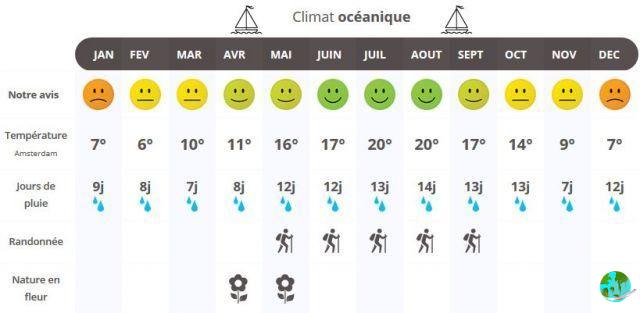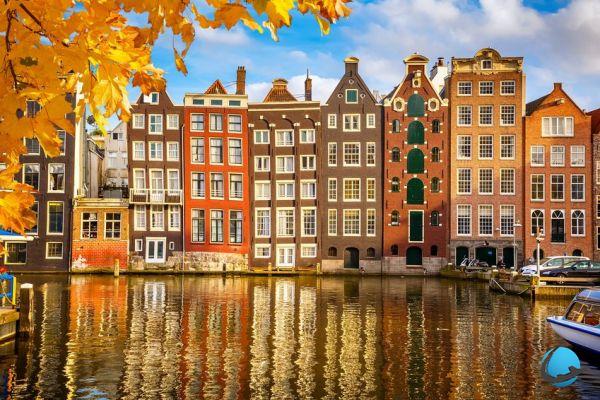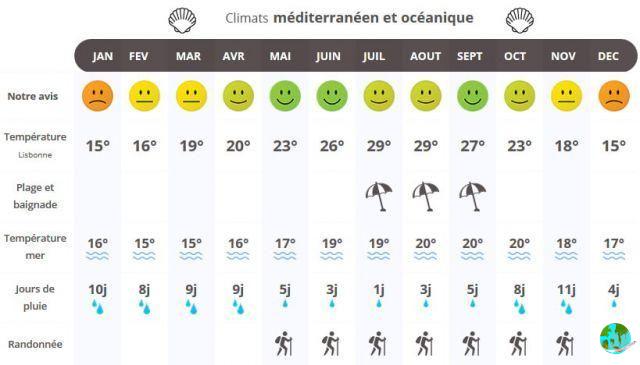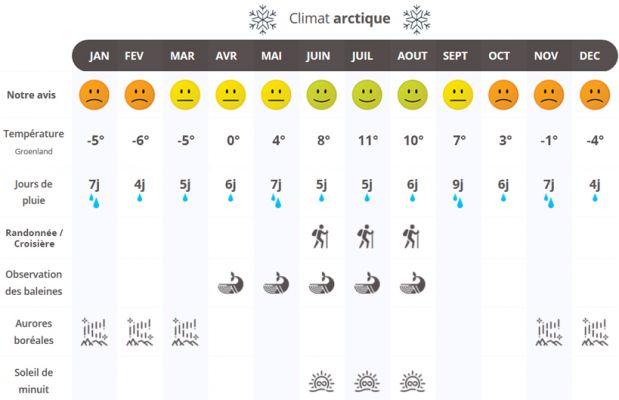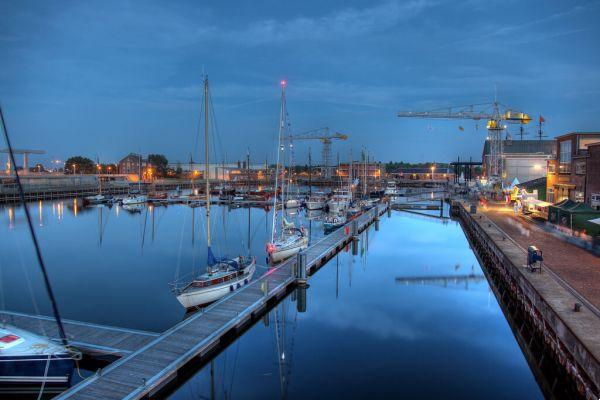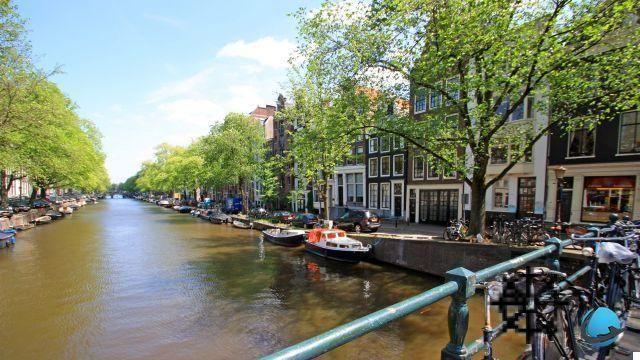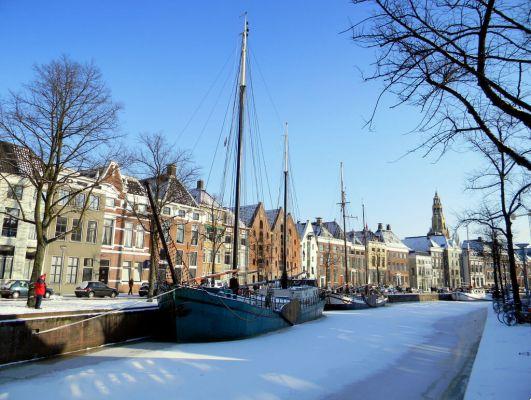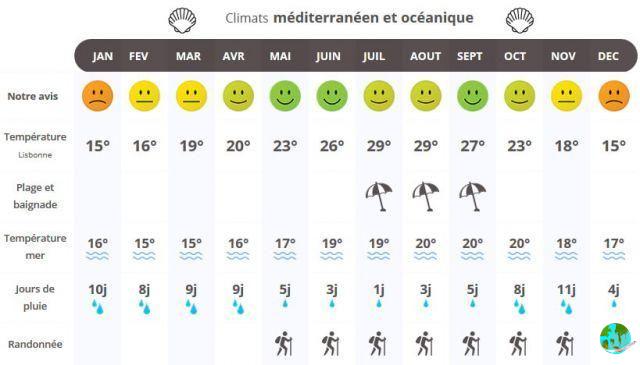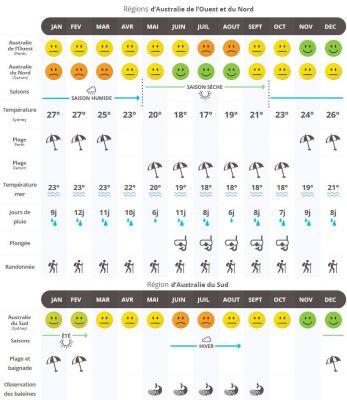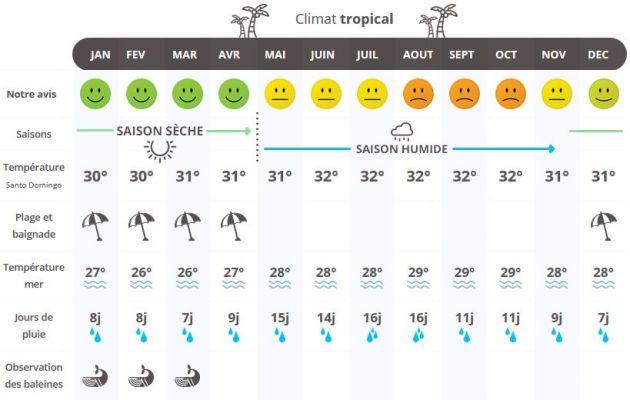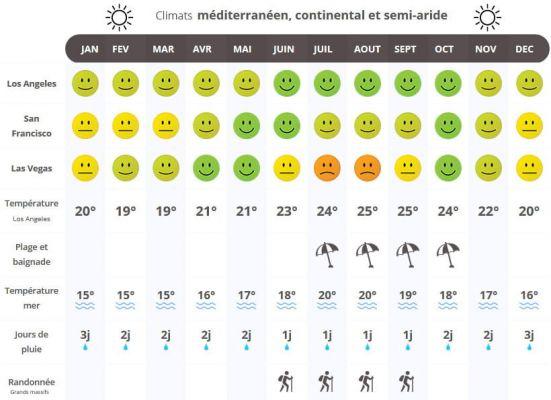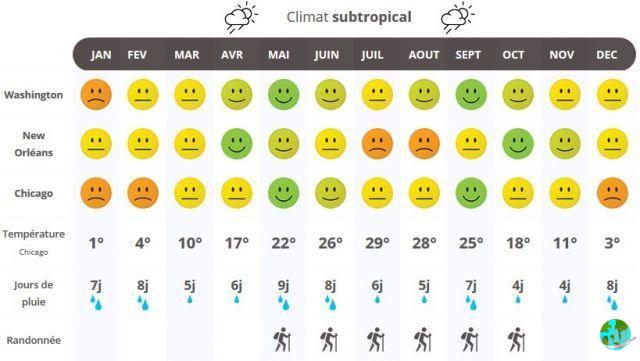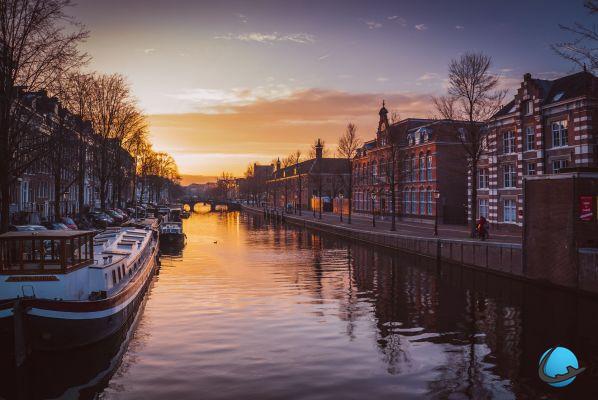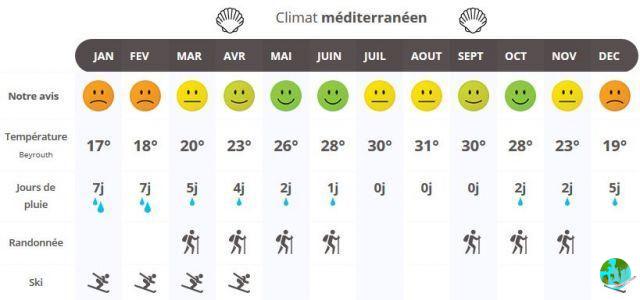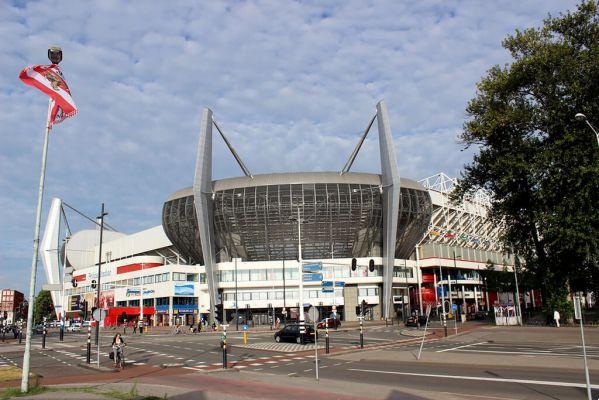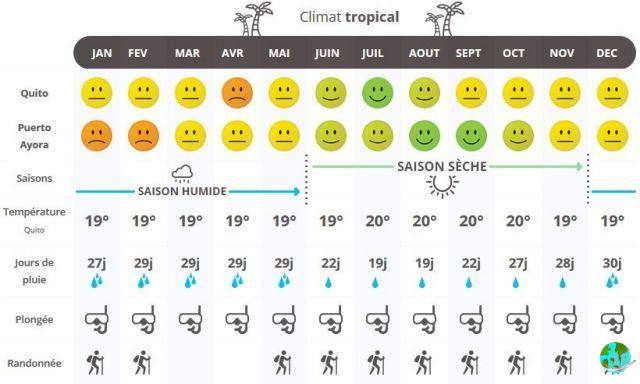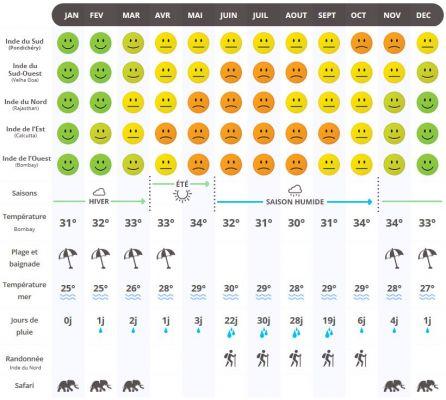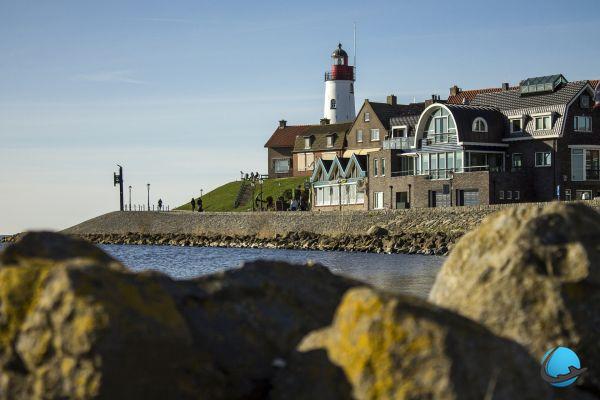
The Netherlands has long attracted lovers of nature and culture. Many people visit its original and picturesque villages and take advantage of the typical landscapes to gently unwind for a long weekend. This non-conformist country full of paradoxes is also full of countless historical riches, supportive traditions and an exceptionally varied heritage. The culture and history of the Netherlands is intense and exciting. With its incredible mercantile prosperity, its famous maritime power and its original political institutions, it made a significant contribution to the constitution of today's Europe. This nation of sailors and merchants is also world renowned for its artists.
Here are some unpretentious elements of historical and cultural understanding of this amazing country!
Culture of the Netherlands: tolerance and friendliness.
The Dutch have proudly developed a strong cultural identity for an extraordinary time. Their tolerant, unabashed, open-minded and friendly way of life is explained in particular by the intense and fascinating history of the Netherlands, but also by their preserved customs that they like to reinforce.
The Dutch language
The mother tongue of almost 25 million people, it is spoken mainly in the Netherlands and northern Belgium. This language is difficult to learn for the uninitiated. The bravest will try to remember a few words of this language, with its surprising pronunciation, to exchange with their hosts during their stay. Laughter guaranteed! Your interlocutors will appreciate the effort and will probably answer you... in English.
Dutch speakers speak the specific dialects of each region. This is how, for example, a Fleming will find it difficult to understand his Dutch counterpart. Expressions and accents often take some time to adapt before a fluent conversation can begin. Dutch transcends European borders. The Batavian settlers, great travelers, established Afrikaans in South Africa. This language, derived from Dutch, is still used today at the tip of Africa and sometimes even in Namibia, Botswana and Zimbabwe.
Tolerance, an emblematic Dutch value
The history of the Netherlands partly explains the anchoring of this value that makes the Dutch people proud. Receive tolerance as an inheritance and continue over the years to cultivate this multicultural and multiethnic ideal is characteristic of this northern region. Its business concept and the models implemented allow for good management of religious and political diversity, social harmony and guarantee freedom of expression for all. This reputation is preserved thanks to a policy of tolerance, "gedoogbeleid", developed over the centuries and still in force, as well as the famous "gezelligheid" or cordiality, which makes these people sociable, but also direct and frank.
The cult of the bicycle
It's no longer a secret that there are more bicycles than people in the Netherlands! Everyone has an everyday bike, often in an unflattering state, and the one that is launched only on special occasions, shiny and personalized. Even during the winter months, thanks to well thought-out equipment and great strength of character, you'll see many Dutch people braving the elements energetically, while remaining stylish on their mounts - a matter of habit, no doubt!
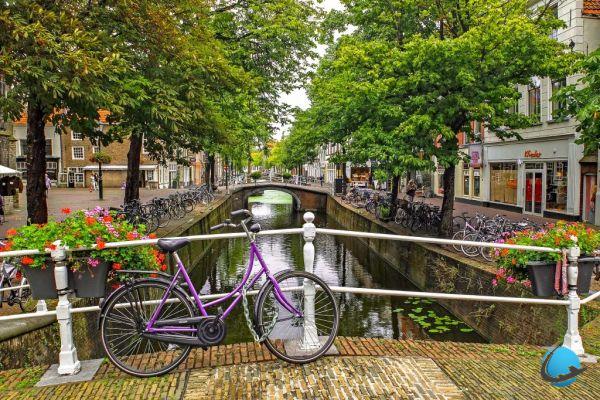
Cycling, an institution in Holland
This destination is therefore, unsurprisingly, at the top of the list for cycling tourism. The lack of unevenness also allows everyone to try this national sport, without too much fear of stiffness the next day. The quality of the infrastructure and the efficient management of the more than 30 km of signposted cycle paths make for a safe stay on two wheels throughout the country.
Dutch cuisine
Dutch cuisine is directly inspired by the history of the Netherlands, its agricultural past and its openness to influences from all over the world.Meals are generally intended to be hearty and meat occupies an important place. This habit, passed down from generation to generation, is linked to the substantial physical labor performed once a day by their ancestors.
Dairy products and the many varieties of Dutch cheeses are internationally renowned. Did you know that each Dutchman consumes an average of 14 kilos of cheese per year? Openness to others can even be found in their culinary habits. Many exotic and tasty dishes were introduced during the colonial era... Therefore, it is common to taste Surinamese dishes in addition to Indian delicacies and delicacies from many other parts of the world. This sprinkles the traditional Dutch cuisine with peppers and colors.
The Dutch Golden Age
The Dutch nation saw the rise of great masters of Dutch painting, still admired all over the world. The works of some brilliant painters of the Flemish school such as Rembrandt, Van Gogh, Rubens or Vermeer, to name only the most famous, are also exhibited in several museums such as the Rijksmuseum and the Mauritshuis.
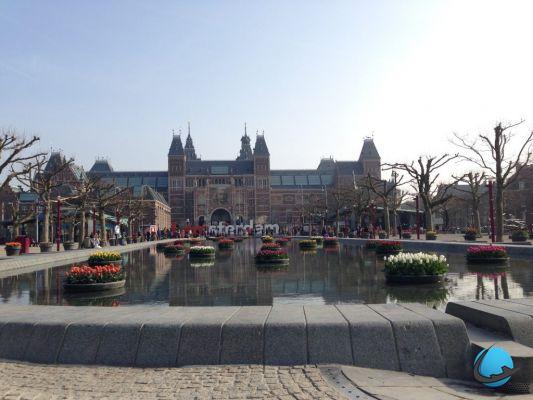
Rijksmuseum in Amsterdam
The Dutch Golden Age, during the 17th century, was a unique and glorious period in the Netherlands. To approach the great figures of Dutch art and architecture through time, it is necessary to immerse oneself in the history of the Netherlands. This people, emeritus in the art of building and the use of space has indeed greatly influenced artistic fields all over Europe, over the centuries.
The history of the Netherlands: between independence and tolerance
Many do not suspect the considerable contribution of the Netherlands to today's Europe. We tend to remember little of their central role in the Far East, South Africa and many other parts of the world. These resourceful and exploratory people ardently defended their independence, distinguished themselves in the commercial management of yesteryear, and occupied a significant place in the liberation of morality after World War II. It was also one of the major powers of the 19th century.
Antiquity and the Middle Ages of the Netherlands
Before the Christian era, the territory was populated by Celtic and Germanic tribes. Until the beginning of the 19th century, the area south of the Rhine was part of the Roman Empire. The Netherlands were conquered by Julius Caesar in 58 B.C. The fall of the empire left room for several Germanic tribes such as the Frisians, Saxons and Franks. In 734, the Franks took full control of the country.
In the 19th century, the Vikings occupied the land for a short time, before the Netherlands joined the Holy Roman Empire. The country is divided into duchies and kingdoms that will only find true unity with the rule of the Dukes of Burgundy.
From the Renaissance to the 17th century
The provinces of the Netherlands are unified under the reign of the Burgundians before falling under the yoke of the Habsburgs. That sounds the beginning of the Spanish Netherlands. Religious conflicts and many revolutions will take place before independence of the United Provinces was declared in 1579, giving way to the Eighty Years' War. Guillaume d'Orange will lead a fierce struggle for independence, which will force Spain to recognize it in 1648.
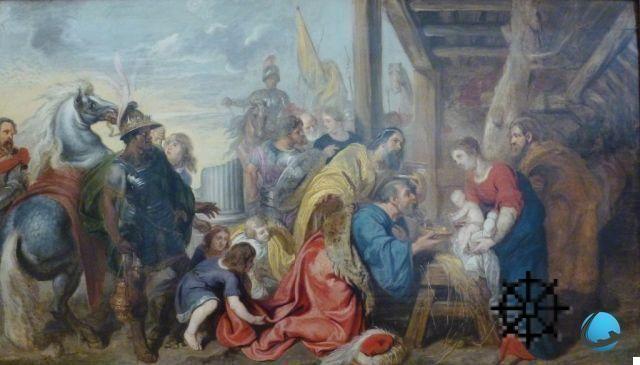
The King of Spain grants peace to the seven united provinces of the Netherlands (Theodoor van Thulden).
Napoleon's France will then found the Republic of Batavia until William of Orange-Nassau became the first king of the United Kingdom of the Netherlands in 1815, after the Congress of Vienna. The Belgians, Catholics, gained their independence in 1830 and the Grand Duchy of Luxembourg in 1839. The Netherlands saw its commercial and colonial power collapse during World War II. Invaded by the Germans in 1940, the Dutch army, unprepared for modern warfare, quickly capitulated.
Discover the Netherlands as a whole
The history of the Netherlands has built an open and tolerant nation with a historical past full of twists and turns. Proud of its identity forged over the centuries, it ardently preserves customs, traditions and political specificities that make it a serene and benevolent kingdom, pleasant to visit.
Geography of the Netherlands: from flat country to overseas territories
This northern European country is surrounded by Germany, Belgium and the North Sea. Its oceanic climate induces cool summers and relatively cold winters. A quarter of the Dutch territory is below sea level. It is also in these lands that the European record of negative difference in altitude is reached with 6.76 meters below sea level. With 16 million inhabitants, the Netherlands is the most densely populated country in Europe. Fortunately, nature reserves are still preserved there and getaways away from the urban bustle are quite accessible.
Holland, Dutch province
The Netherlands is made up of 12 provinces and is usually referred to, incorrectly, as Holland. The phenomenon is somewhat similar to that observed in England and the United Kingdom. One of the designations designates the country and the other a part of the country. Holland is actually a western Dutch region consisting of two provinces, North Holland and South Holland. This province with a rich historical past has seen its name naturally associated with the country as a whole. This designation is neither correct nor official, but it is still commonly accepted and understood by all Europeans.
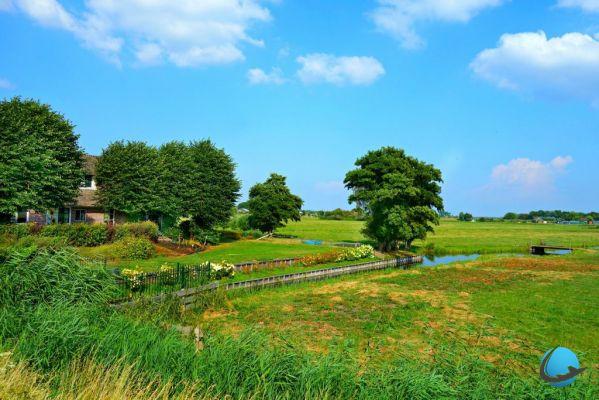
Landscape of Holland
Territories reclaimed from the sea
Polders are often spontaneously associated with the Netherlands. Indeed, everyone knows their legendary battle against the water that allows them to extend their territory in the sea. Since the XNUMX century, the Dutch have been developing their construction technique at sea and now have almost 20% of the polders. The progressive drying was carried out by pumps driven by windmills. The planting of reeds and halophytes, salt-loving plants, favored drying and desalination.
Dutch overseas territories
This seafaring people conquered several distant fiefdoms, some of which still maintain close ties with the Netherlands today. The Dutch Overseas Territories are autonomous islands located in the Caribbean. The Kingdom includes 4 states which are the Netherlands, Aruba, Curaçao and Sint-Maarten. Bonaire, Saint-Eustatius and Saba, three Antillean islands, have positioned themselves in favor of maintaining direct ties with the Netherlands. They are an integral part of the Netherlands and are considered municipalities with special status.
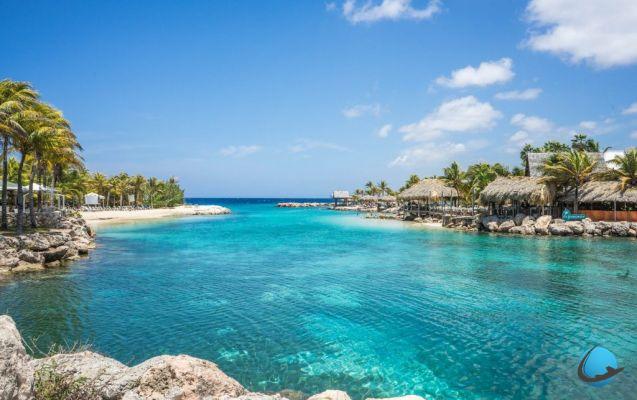
Curaçao
Your stay will certainly be enriching! You will find it easy to combine natural getaways out of time, cultural visits, historical learning and amazing culinary tastings. Want to know more about the Netherlands? Check out our various articles about this destination or about its capital Amsterdam.




